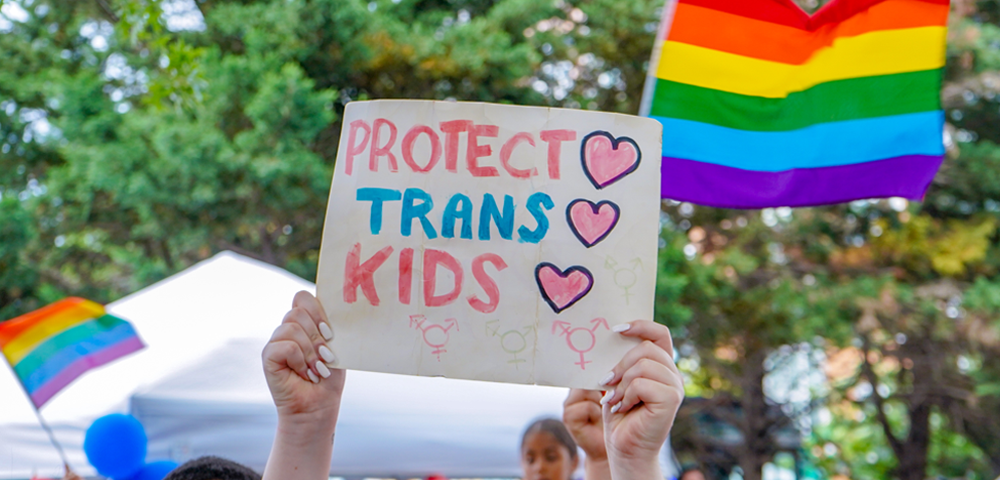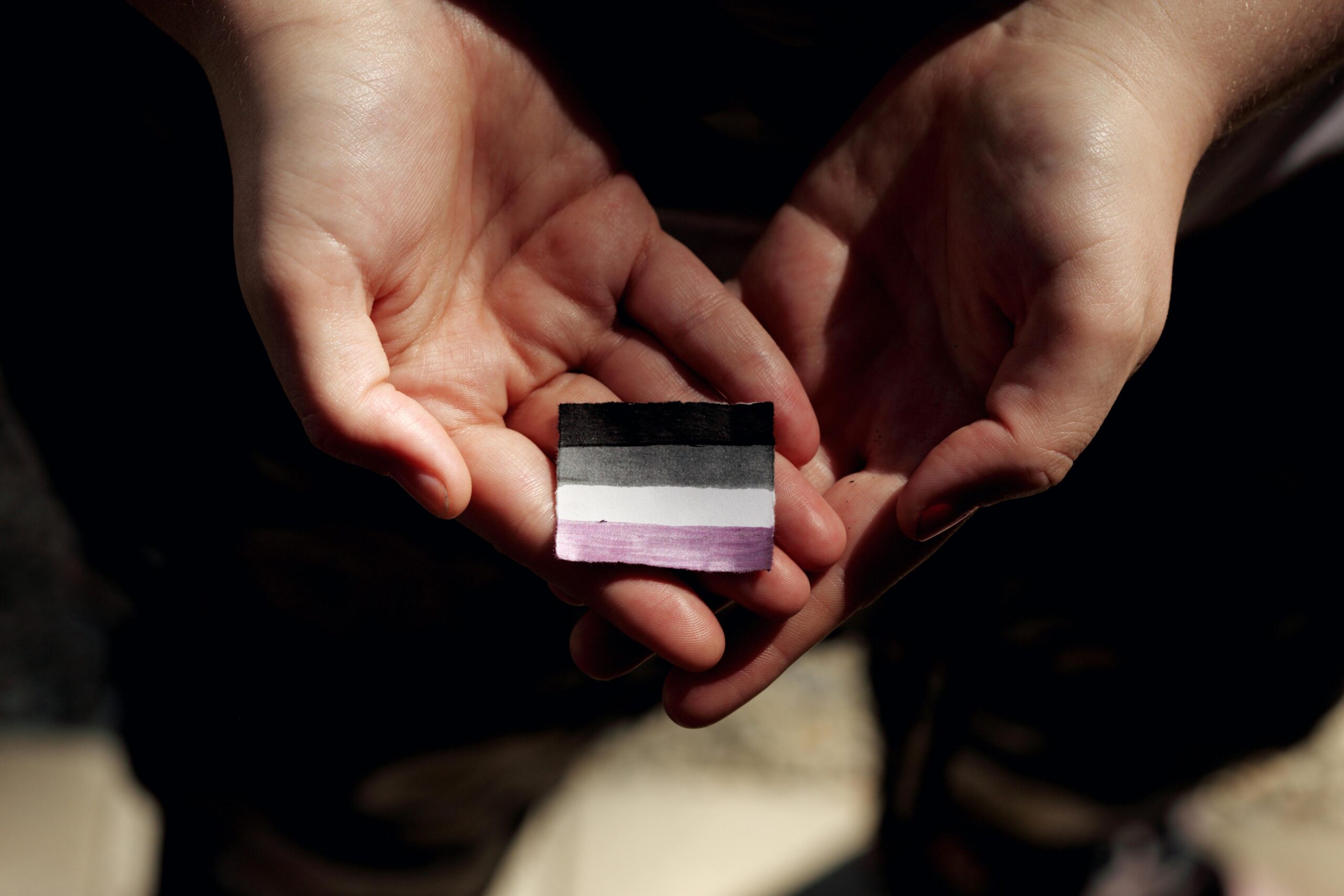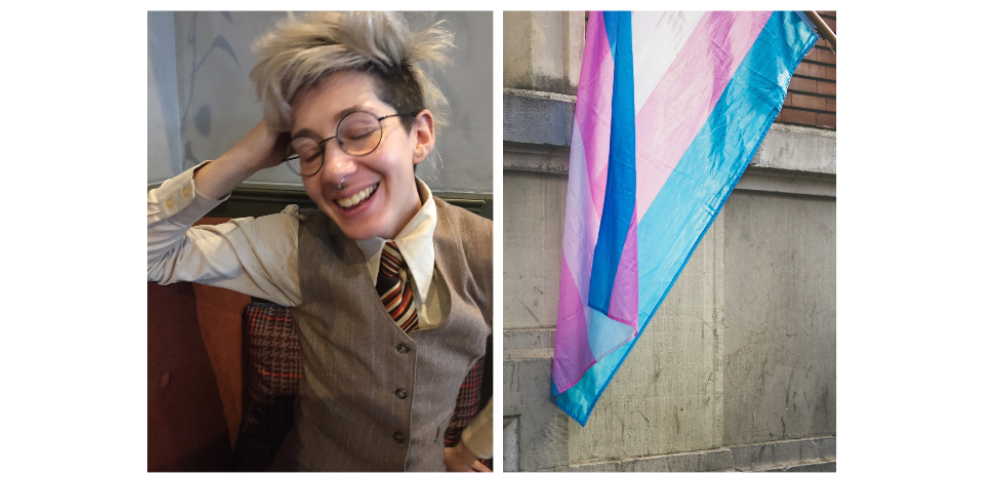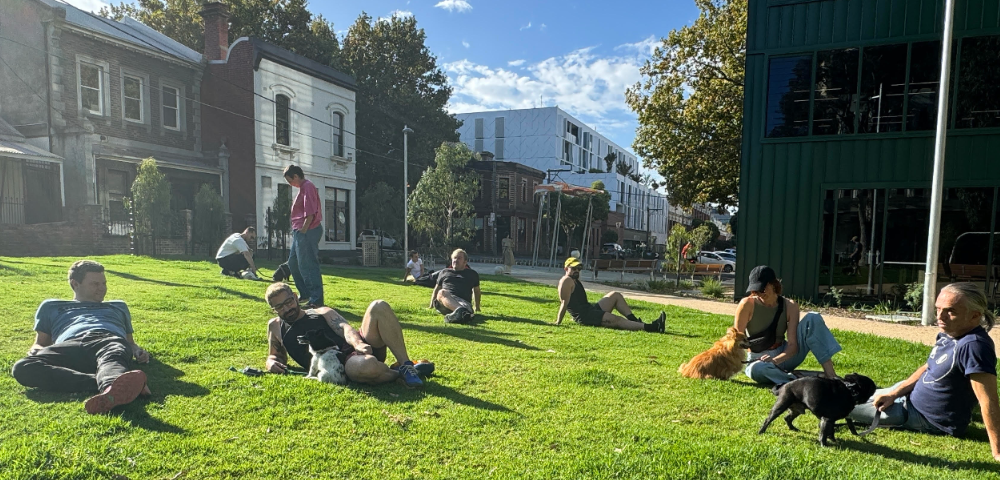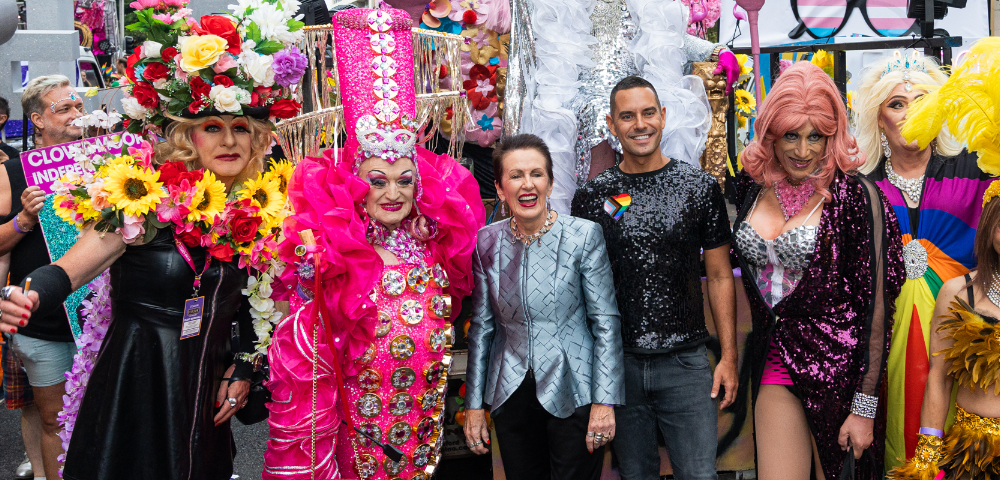
Do people who are attracted to trans people need an orientation of their own?

There are more colours to the rainbow than you might think. There are not four sexual orientations but five: heterosexual, homosexual, bisexual, asexual and ambisexual. Ambisexual? What is that? And why don’t you know about it?
Ambisexuality can be defined as having a sexual attraction for non-operative trans people. The reason you don’t know about it is because it has long ‘flown under the radar.’
In some respects, it’s like the situation 100 years ago when people in same sex relationships could not afford to ‘come out of the closet’. Back then, people attracted to members of their own sex experienced frightening levels of prejudice and social hostility from all quarters. Men, for example, could be jailed for the crime of ‘sodomy’. In this environment, the incidence of homosexuality was thought to be much lower than it really was.
In modern Western society, things have changed. There is now more freedom of expression for most gay and lesbian relationships, but that doesn’t extend to individuals who are ambisexual. Although there is no legal impediment to having sex with a trans person, there are very strong social and cultural taboos against it.
That message came through very loud and clear in the PhD and post-doc research I conducted for over 20 years. (Although people are attracted to both trans men and trans women, my research focused on trans woman-ambisexual man relationships.) The men who are attracted to trans women do not tell their families, they do not tell their friends or anyone else. It’s a well-guarded secret. It’s not considered socially acceptable. That’s why this sexual orientation has flown under the radar. Like their homosexual counterparts 100 years ago, I believe that ambisexual people represent a much larger proportion of the population than is commonly recognised.
The non-operative trans women sex industry is like a juggernaut. Tens of thousands of men consort with trans woman sex workers in most of the larger cities of the world. In San Francisco, for example, 46 non-operative trans woman sex workers had advertisements on just one website: sf.backpage.com. And there are many other websites. In Sydney, 74 trans woman sex workers had advertisements on Locanto. Conservatively, if each worker serviced only one client each day, at least 500 clients were being serviced in each city each week, and around 2,000 each month. When clients want a more cost effective option, the proliferation of trans woman porn on the internet is a practical alternative.
But why do we need another category like ‘ambisexual’? Some people don’t like labels of any kind. They see them as a way of pigeon-holing personal identity or serving as a basis for discrimination. But I don’t subscribe to that view. Labels and categories per se are not bad. It is the way that they are misused that we need to be vigilant about. Remember, we use labels to express preferences in positive ways. Think of flavours of ice cream (strawberry or chocolate?), styles of food (Thai or Italian?) and brands of cars (Toyota or Range Rover?). The LGBTQIA+ community prides itself on labels: lesbian… gay… bisexual… trans… queer… intersex… asexual. So I reject the notion that there can be no category for the sexual orientation of people who are attracted to non-operative trans people. I believe there is an inclusive place for them as well.
During my research, the ambisexual men I spoke to struggled to describe their interest in trans women. They struggled… I mean, they really grappled with words… to describe their sexual orientation. They did know they were attracted to non-operative trans women. But what they lacked was suitable terminology to properly describe this attraction.
Many of us live under the apprehension that we must conform to a binary ideal of sex and gender. This research challenges that view in the most comprehensive way imaginable. You don’t have to accept binary thinking. You can be a woman with a penis, and that’s okay. You can be a man with a vagina. That’s okay. You can be attracted to a non-operative trans man or trans woman. That’s also okay.
‘Ambi’ is a prefix that means both. ‘Ambisexual’ once vied with ‘bisexual’ to describe people who were attracted to both men and women. Eventually, bisexual won the day and ambisexual fell into disuse. But the term ‘ambisexual’ can be re-purposed to describe people who are attracted to both the feminine and the masculine embodied in one individual. That is, people who are attracted to trans people.
Ambisexuality is not a recent phenomenon and it is not confined to Western societies. These facts are borne out by a large body of evidence. Both historical and cross-cultural records confirm, for example, that there have always been men with a strong sexual preference for males convincingly presenting as women. This helps us to understand why it is appropriate to consider this as a distinct sexual orientation.
The men who participated in the research were attracted to a certain kind of woman… someone who feels she is a woman and identifies as a woman. They are attracted to someone who, socially and emotionally, responds the way a woman does. But they want something extra: a woman’s body and male genitals. That was what they were drawn to… and felt safe with.
Because no category exists to describe them, the men who participated in this research felt ‘othered’. They had no status within the straight or the LGBTQ+ community… except by association with their trans partner. They are the most marginalised people who inhabit a space somewhere between the LGBTQ+ and straight communities.
Because there has been no language to describe their personal situation, their involvement with trans women has been interpreted by many as ‘kinky’ or a ‘fetish’. This devalues both ambisexual people and their non-operative trans partners. It’s easy to miss the one thing about categories that truly matters: they confer identity and status. And recognition of this missing identity goes to the heart of why we need the ambisexual category. It gives the people who love trans people a place in the LGBTQ+ community.
Awareness, acceptance and inclusion need to be extended to men and women who are attracted to non-operative trans people. Ambisexual men and women need to be acknowledged and supported just as their trans partners are.
James Watson is the author of Ambisexuality: The Anatomy of Transerotic Desire, for which a book launch event is being held at Ariel Booksellers, 98 Oxford Street, Darlinghurst on August 27 at 7pm. The book is available as a paperback and e-book. A preview screening of a documentary based on the book will accompany the launch.




